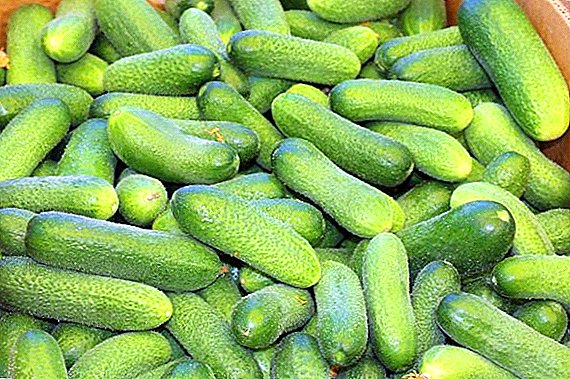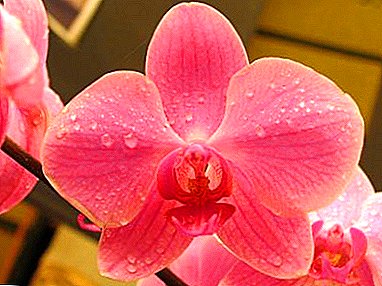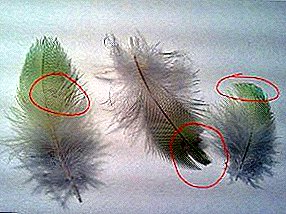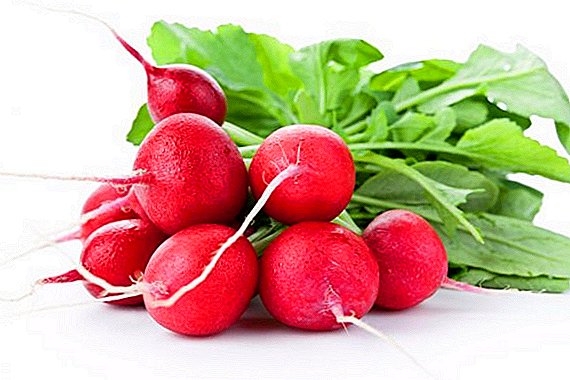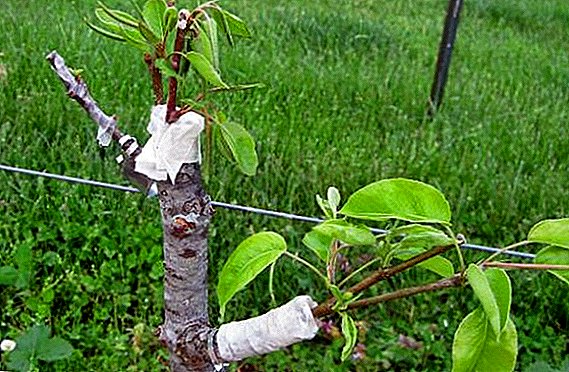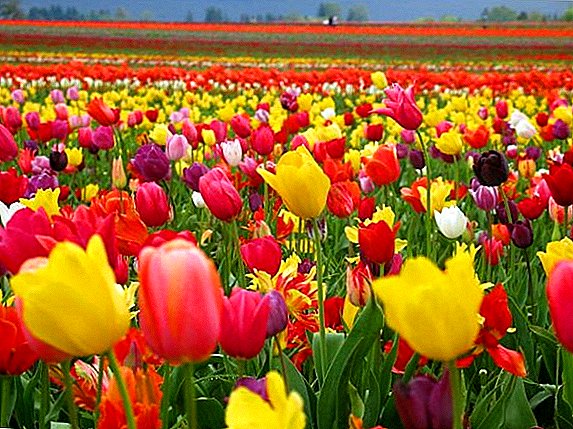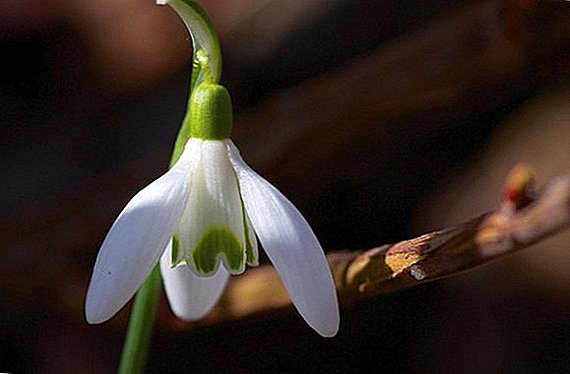 A snowdrop is a plant that first pleases us with its flowering. Due to the popularity of using in spring bouquets and collecting the underground part of the plant for medicinal purposes, these delicate flowers are included in the Red Book, and it is very difficult to find them in the wild. Consider in the article the properties of the plant and the features of its distribution, as well as the protective status.
A snowdrop is a plant that first pleases us with its flowering. Due to the popularity of using in spring bouquets and collecting the underground part of the plant for medicinal purposes, these delicate flowers are included in the Red Book, and it is very difficult to find them in the wild. Consider in the article the properties of the plant and the features of its distribution, as well as the protective status.
Description and photo
A snowdrop (Galantus Platphyllus) is a perennial herbaceous bulbous plant of the Amaryllis family. From the Greek botanical name "galantus" is translated as "milk flower".
Did you know? This type of snowdrop in 1988 is listed in the Red Book of the USSR. In North Ossetia is at the stage of extinction.
Stems and leaves
Galanthus grows no higher than 0.2 m. The foliage is dark green in color, oblong and flat - thanks to this the flower got its name.
During flowering, the leaves grow to 0.15 m, and after the flowers fall, they lengthen to 0.25 m. 
Flower stalks and flowers
Peduncle erect, pulled up to 0.20 m and ends with a lowered flower in the form of a bell. The 4 cm flower has six white elliptical petals, and the inner ones are shorter than the outer ones.
Due to the fact that the peduncle in a snowdrop is thin enough, and the bud is large, it leans towards the ground under its own weight. Flowering begins after the snow melts in April and lasts about 30 days.
Read also about such plants that are listed in the Red Book - Russian grouse, mountain peony and leafless chin.
Bulb
The bulb is wrapped in three brown leathery scales 4 cm long and 3 cm in diameter.
Basal leaves grow from the legs of scales.
On a garden plot after 6 years of growth, galantus is better to be transplanted to a new place so that the flowers do not shrink and the root growth does not go deep into the ground. 
Snowdrop spread
This type of galantus grows in Georgia, in the North Caucasus, in Western Transcaucasia and North Ossetia.
Check out the features of growing snowdrops in the garden, as well as their varieties, in particular with folded and yellow snowdrops.
It prefers sunny alpine meadows and slopes of mountain crevices.
Plant status
In the Red Book, the plant is assigned 3 status, which means - a rare species that is threatened with extinction.
The flower was in the Red Book for the following reasons:
- small growing area;
- uncontrolled collection of plants for sale and for medicinal purposes;
- landscape use for decoration.

Medicinal properties
Thanks to the substances that are found in the snowdrops, they are often used as part of many medicines and recipes of traditional medicine.
For medicinal purposes, use bulbs, stems, leaves and flowers.
On the basis of this flower, ointments, decoctions and tinctures are prepared.
The plant is used to treat such diseases.:
- cerebral paralysis;
- radiculitis;
- nerve injuries;
- asthma;
- heart problems;
- increased saliva secretion;
- fungus.
Important! Despite its attractiveness and tenderness, galantus has toxic properties due to its alkaloid content. There are cases when after contact a person has a strong allergy.
Before using in homemade recipes, it is recommended to consult a specialist to avoid poisoning and burns.
Despite the beauty and useful properties of a snowdrop, it is important to remember that this delicate flower can disappear completely in its natural environment, and then the next generation will only see it from pictures in books and photos. 


